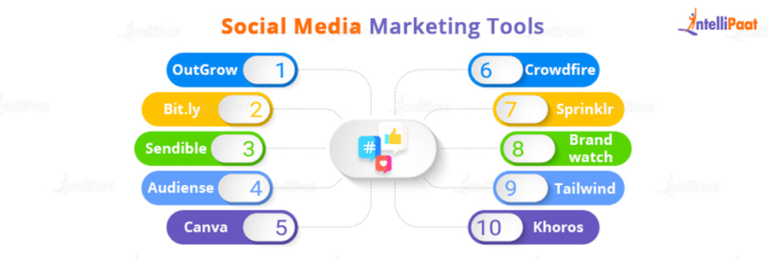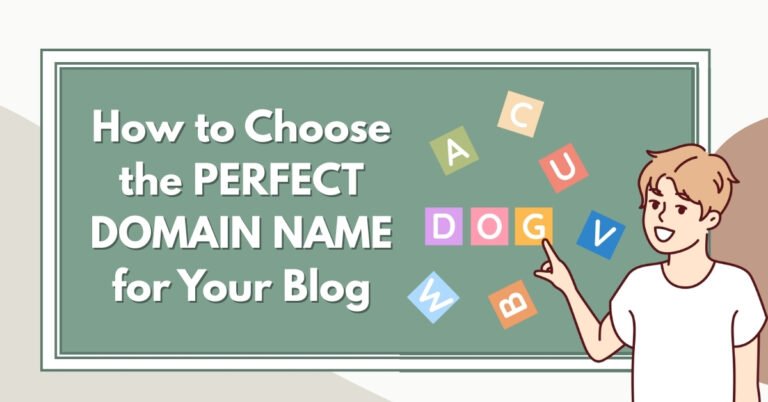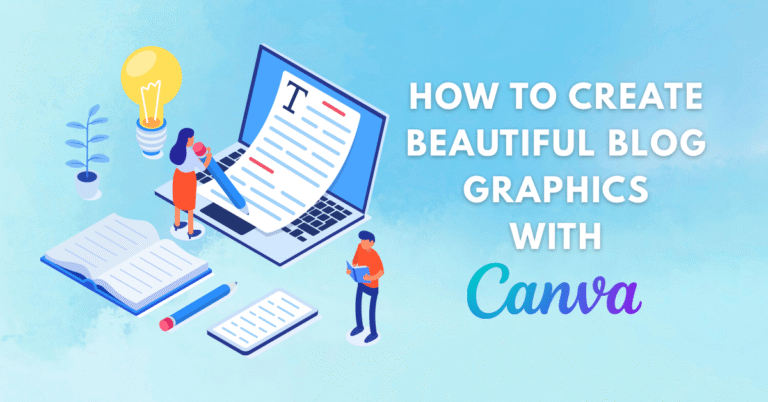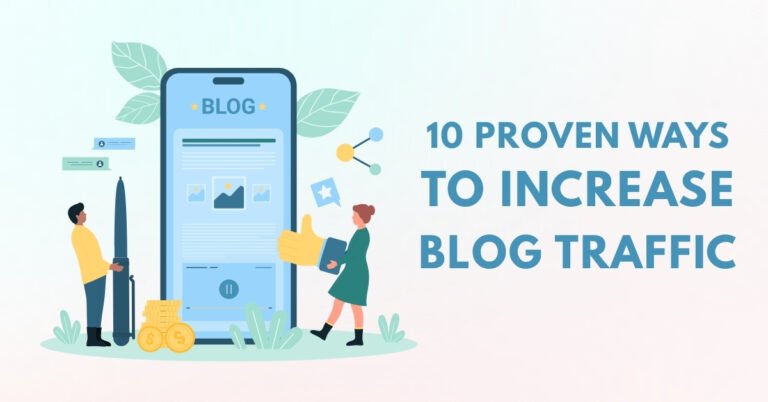Search engine optimization (SEO) can feel overwhelming—especially when you’re just starting your blogging journey. But here’s the good news: mastering on-page SEO is completely doable, even for beginners.
This guide will walk you through a complete on-page SEO checklist, packed with practical steps, examples, and tips specifically tailored for WordPress bloggers who are just getting started.
Let’s dive in!
What is On-Page SEO?
On-page SEO refers to all the actions you take on your own blog post or webpage to help it rank higher in search engines. These include:
- Optimizing your titles
- Writing effective meta descriptions
- Structuring your content with headings
- Adding relevant keywords
- Using internal linking, and more.
It’s the foundation of good SEO—and something you control entirely.
Why is On-Page SEO Important for Bloggers?
If you want your blog to rank on Google, on-page SEO is non-negotiable. Here’s why:
- Better visibility: More clicks = more traffic = more opportunities to grow.
- Improved user experience: Good structure helps readers engage longer.
- Higher credibility: SEO-friendly content is often seen as more authoritative.
If your content is not optimized, even the best-written blog post might never get found.
On-Page SEO Checklist for Beginners
Here’s your beginner-friendly, step-by-step checklist to optimize every blog post like a pro:
1. Use an SEO-Friendly Blog Post Title
Your title tag (H1) is the first thing search engines and readers see.
Tips:
- Include your target keyword at the beginning.
- Keep it under 60 characters.
- Make it click-worthy but not clickbait.
Example:
❌ “How I Improved My Blog”
✅ “How to Improve Your Blog with These 10 On-Page SEO Tips”
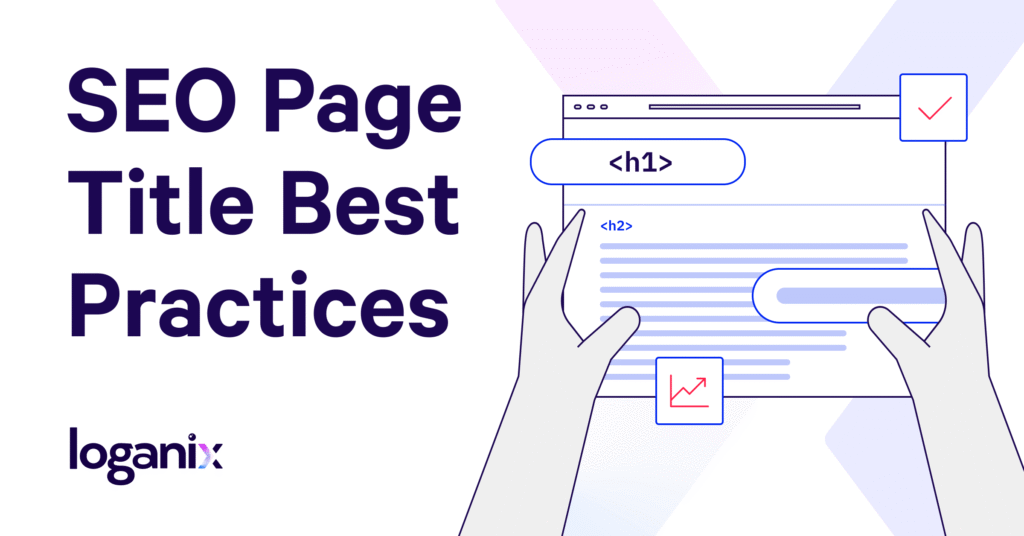
2. Write a Compelling Meta Description
The meta description doesn’t directly impact rankings, but it affects click-through rate (CTR).
Best Practices:
- Include the main keyword.
- Keep it under 155 characters.
- Use action words like “Learn,” “Discover,” or “Boost.”
Example:
“Learn how to boost your blog’s visibility with this beginner-friendly on-page SEO checklist.”
3. Optimize Your URL (Slug)
Your URL should be short, readable, and include your keyword.
Example:helping-bloggers.com/on-page-seo-checklist-for-beginners
Avoid:helping-bloggers.com/blog123456-onpage-seo
4. Use Proper Heading Tags (H1, H2, H3)
Headings help search engines understand your content’s structure—and they also improve user experience.
Tips:
- Only one H1 per page (usually the title).
- Use H2s for subheadings, and H3s for nested points.
- Naturally include secondary keywords in headings.
5. Use Your Target Keyword Naturally
Sprinkle your main keyword in key places:
- Title
- First paragraph
- Headings
- Meta description
- Image alt text
- URL
- Throughout the content (without stuffing)

6. Add Internal & External Links
Internal links guide readers to other posts on your blog, helping reduce bounce rate.
External links to high-authority sites boost credibility.
Tip: Use relevant anchor text for both.
Example:
Link to your “Best Hosting Providers for New Bloggers” article within your post.
7. Optimize Images with Alt Text
Google can’t “see” images, so alt text helps it understand what they’re about.
Tips:
- Describe the image clearly.
- Include your keyword when it makes sense.
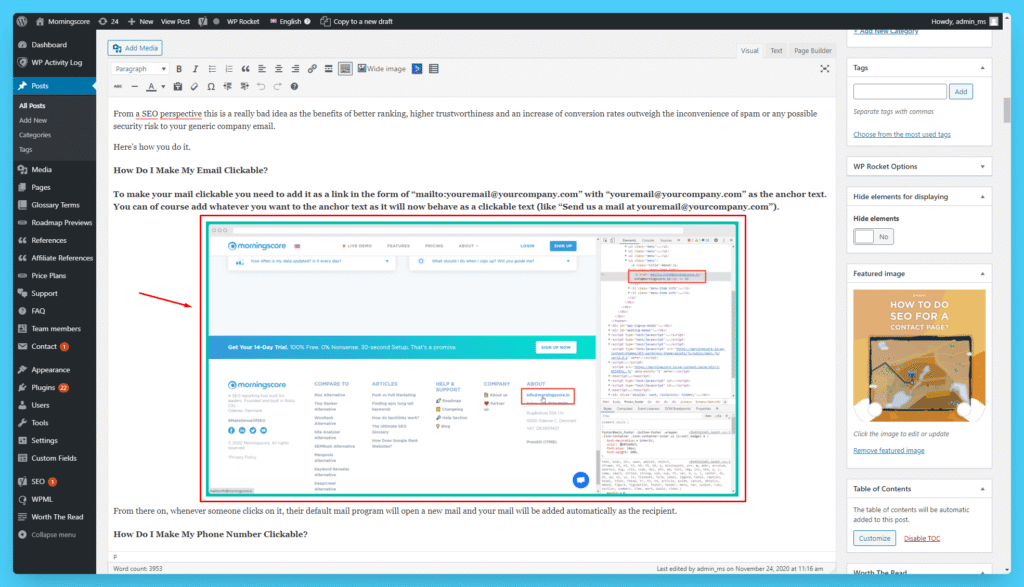
8. Improve Page Load Speed
Site speed is a ranking factor.
Ways to Improve Speed:
- Compress images using plugins like Smush.
- Use a fast theme (like Astra).
- Install caching plugins (like WP Rocket or W3 Total Cache).
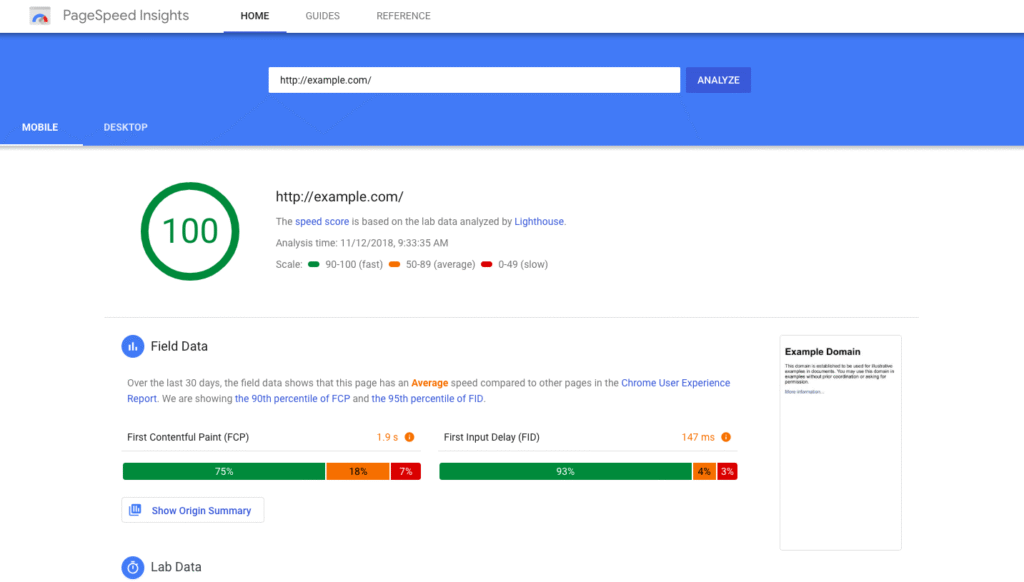
9. Use a Mobile-Friendly Design
More than 60% of blog traffic comes from mobile devices. Google also uses mobile-first indexing.
Tips:
- Choose a responsive WordPress theme.
- Use mobile preview in Elementor or WordPress Editor.
- Avoid text or buttons that are too small to tap.
10. Add Schema Markup (Optional but Powerful)
Schema markup helps Google show rich snippets like ratings, FAQs, and breadcrumbs.
You can use plugins like:
- Rank Math (Highly recommended)
- Yoast SEO
- Schema Pro
BONUS: Tools to Help with On-Page SEO
Here are some beginner-friendly tools that make on-page SEO easier:
| Tool | Use | Free? |
|---|---|---|
| Rank Math | SEO optimization | ✅ |
| Yoast SEO | Meta, readability | ✅ |
| Ubersuggest | Keyword research | ✅ |
| Google Search Console | Performance tracking | ✅ |
| Grammarly | Grammar & clarity | ✅ |
| Canva | Create visuals | ✅ |
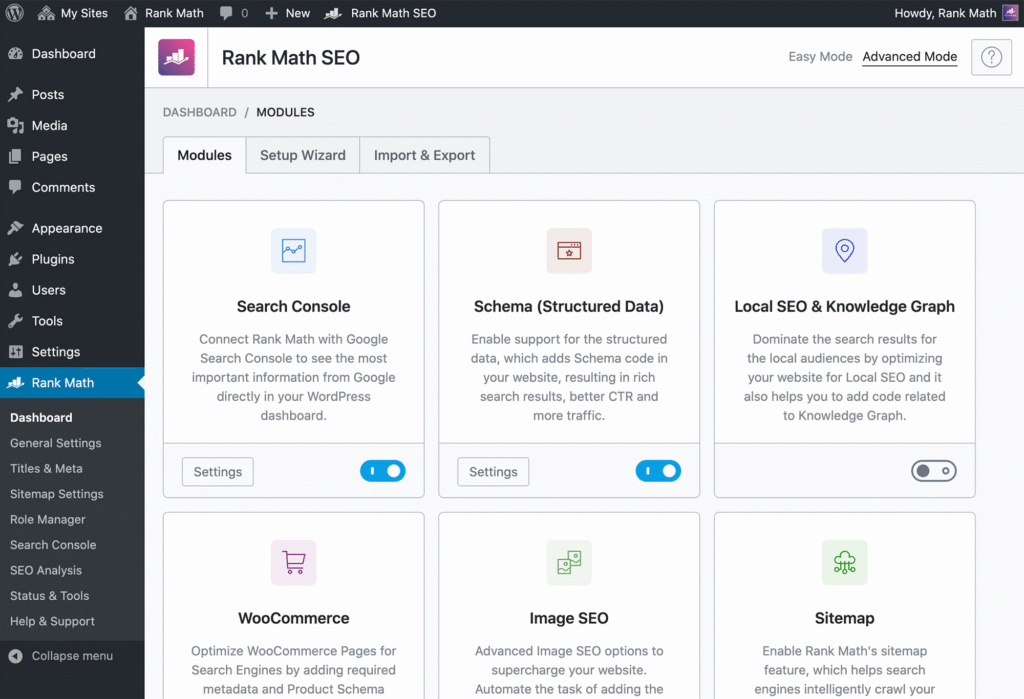
Common Mistakes to Avoid
- ❌ Keyword stuffing
- ❌ Ignoring meta descriptions
- ❌ Not adding internal links
- ❌ Uploading uncompressed images
- ❌ Not optimizing for mobile
Fixing just these can significantly improve your SEO performance.
Final Thoughts: Keep Optimizing as You Grow
Mastering on-page SEO is one of the smartest investments you can make as a beginner blogger.
Use this checklist every time you publish a post to make sure you’re doing all the right things to help your content rank and get discovered.
Remember: SEO is a long game. Consistency beats perfection.
FAQ: On-Page SEO for Beginners
Both are good. Rank Math offers more features for free, especially for schema and advanced SEO.
Yes. Updating outdated content can improve rankings and bring in more traffic.

